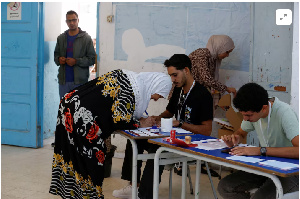- Abaare Reports
- Addi Kujay
- AfricaCNNnews
- Afriyie Kwaku Boachie
- AHAFO
- Alby News Ghana
- ASHANTI
- BONO EAST
- BRONG AHAFO
- Canard Afriq
- Cash In Trash
- CENTRAL
- Cherries
- Club Mate
- Courageous World
- Crest City News
- Current Affairs
- Daily Biz
- DailySpot
- Daniel Kaku
- Da Spicy News
- DC KWAME KWAKYE
- EASTERN
- EBI
- Facts Check
- Gabs Feed
- Ghana News Timeline
- Ghana News Update
- Godblessed1
- GREATER ACCRA
- Great Okocha
- Harry Graphic
- iNews
- Info News Ghana
- King B
- Kofipedia
- Lovely
- Managing GH
- Man Zekay
- Mart News Empire
- Maxkaytheblogger
- Mohammed Zakwan
- MyDailyNews
- Nana Kay News
- News Hub GH
- News Today
- News Zone 360
- Nine 9
- NORTH EAST
- NORTHERN
- ObuabaMedia
- OTI
- Priests News
- Royalnews360
- Sahara Writers
- SAVANNAH
- Simpsons Blog
- Skate News
- Smart News Ghana
- SpinnerWeb
- Teddytheblogger
- Ted News Ghana
- The news
- TheoNews
- Trending Now
- UPPER EAST
- UPPER WEST
- VOLTA
- Wadupgh
- Web Brief
- WESTERN
- WESTERN NORTH
Nine 9 Blog of Sunday, 22 October 2023
Source: nine 9 9
Outbreak of Malaria - WHO

The World Health Organization (WHO) has issued a warning regarding an ongoing malaria outbreak in Ethiopia, with over two million reported cases across the country. This significant outbreak has been documented in various regions since the beginning of the year, culminating in a total of 2,235,311 cases reported from January 1 to September 10. Notably, four regions affected by this outbreak have reported incidence rates surpassing 2,000 cases per 100,000 population.
The WHO has underscored that climate change is likely to extend the transmission period of major vector-borne diseases like malaria and alter their geographical distribution. The current malaria outbreak is further straining an already fragile healthcare system, which is grappling with heightened demands due to simultaneous outbreaks of diseases such as measles, cholera, COVID-19, and dengue, as well as the health impacts of natural disasters.
Reported challenges in response efforts include insufficient and limited use of insecticide-treated nets, suboptimal environmental and vector control measures, and the presence of multiple mosquito breeding sites, particularly in industrial areas. Malaria is endemic in Ethiopia, with a higher prevalence in regions below 2,000 meters in altitude, which encompasses three-quarters of the country's landmass, inhabited by an estimated population of 52 million, as stated by the WHO.
Ethiopian Health Minister Lia Tadesse emphasized on social media that malaria constitutes an urgent public health priority. She stressed the need for innovative approaches to address the increasing number of malaria cases in Ethiopia and across the continent. This requires a comprehensive strategy encompassing prevention, environmental management, early diagnosis, and prompt treatment, along with robust multi-sectoral, multi-stakeholder coordination and investment.
Entertainment










